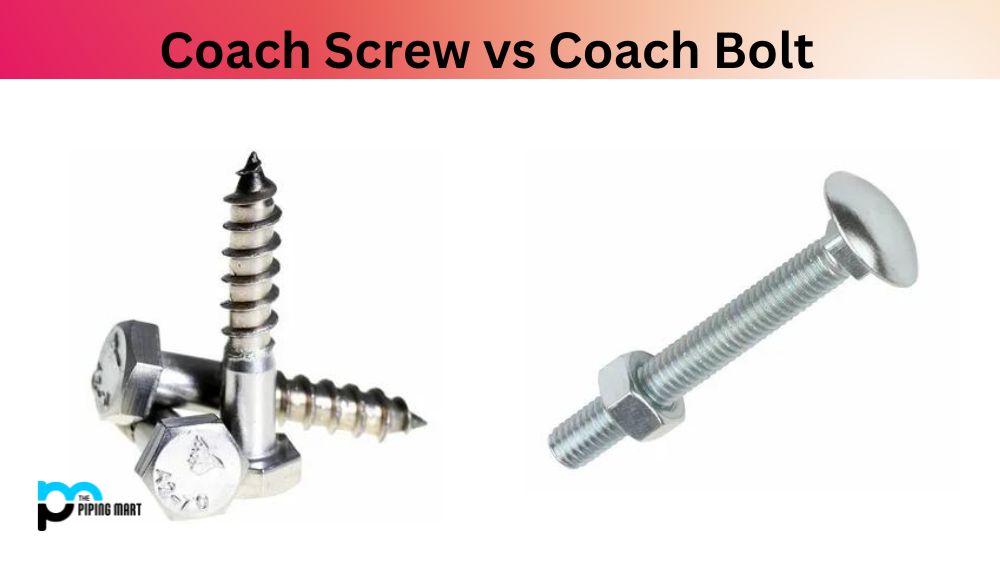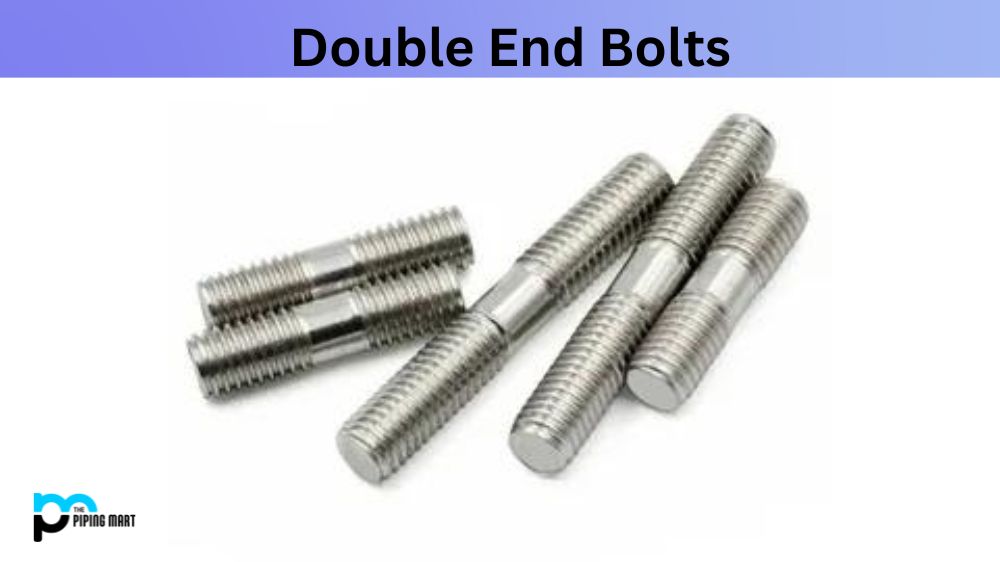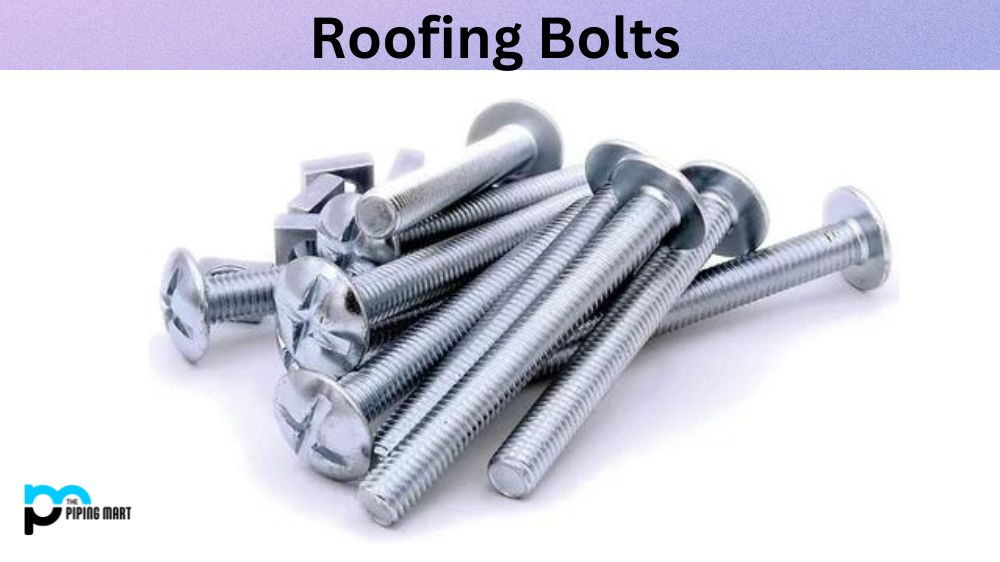Regarding construction and DIY projects, various types of screws and bolts are available in the market. However, determining the right type of fastener to use for a particular application can be a challenging task. In this blog post, we will take a closer look at coach screws and bolts and discuss their differences to help you make an informed decision next time you select the right fastener for your construction needs.
What is Coach Screw?
A Coach screw is a large wood screw, typically with a round or hex head. It has deep, wide threads and is usually used to secure two pieces of timber together. Coach screws are designed to provide maximum holding power for their size without danger of shearing off. They often feature a square-shaped neck near the head that bites into the wood as it’s screwed in, providing additional stability and strength.
What is Coach Bolt?
Coach Bolt is a fastener typically used to secure metal components together. Unlike regular bolts, coach bolts have domed heads and feature a square or ribbed neck at the end, which can be inserted into predrilled holes in two objects being joined together. This makes it far easier to securely tighten the connection than with standard nuts and bolts. Coach bolts are especially useful for outdoor structures such as fences, decks and patios, where they must withstand weathering, corrosion and other challenges over time.
Difference Between Coach Screw and Coach Bolt
Size and Purpose
Firstly, coach bolts are typically larger than coach screws. Coach bolts measure between six and 20 inches in length, whilst coach screws range between one and 10 inches long. Coach bolts are used when a sturdy, permanent fastening is required. Whereas coach screws are designed for temporary fixings, often used for decking, fencing, and garden construction.
Thread
Another significant difference between coach screws and coach bolts is their threading. Coach screws have coarse threading, allowing them to grip into and hold wood more securely. On the other hand, the thread of coach bolts is typically finer, which provides more resistance to vibrations.
Shape and Head
Coach screws have a tapered shank and no specific head for a flush fit. Since coach bolts feature a rounded head and a square-shaped neck under their head, they are designed to be seen rather than concealed. The square neck under the head prevents the bolt from turning, adding stability.
Application
Many of the differences stem from their design when it comes to the application of coach screws and bolts. Coach bolts are often used in construction projects where added force and stability are necessary, such as attaching joists to beams. Alternatively, coach screws are ideal for attaching fencing or decking.
Installation
Finally, installation is a significant factor when choosing between coach bolts and coach screws. Coach screws are easier to install since they don’t require a pre-drilled hole like coach bolts. Coach bolts need a receiver hole to be drilled, which prevents the wood from splitting.
Conclusion:
In conclusion, although coach screws and bolts look similar, they differ significantly regarding size, threading, shape, and application. When choosing between coach bolts and coach screws for your projects, consider the intended use, the material to be installed, and its thickness. Now that you know the differences between coach screws and coach bolts, you can select the right fasteners to securely hold your wood and prevent it from falling apart.

Hey, I’m Krutik, a casual blogger expert in the metal industry. I am passionate about providing valuable information to my readers. With a background in engineering and construction, I like playing Cricket & watching Netflix shows in my free time. Thank you for visiting my blog, and I hope you find my information helpful!




